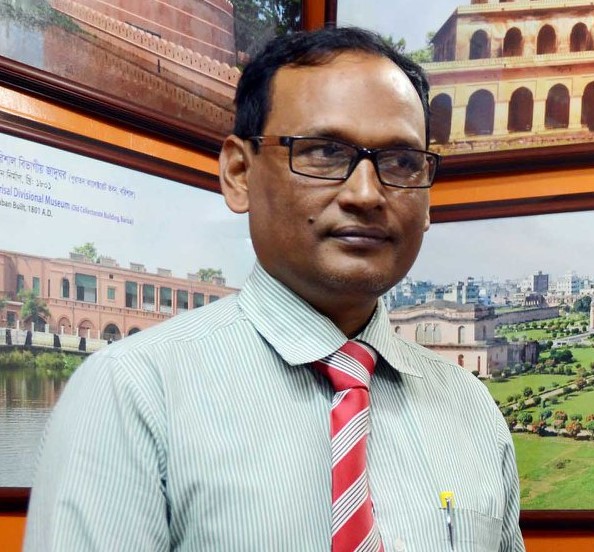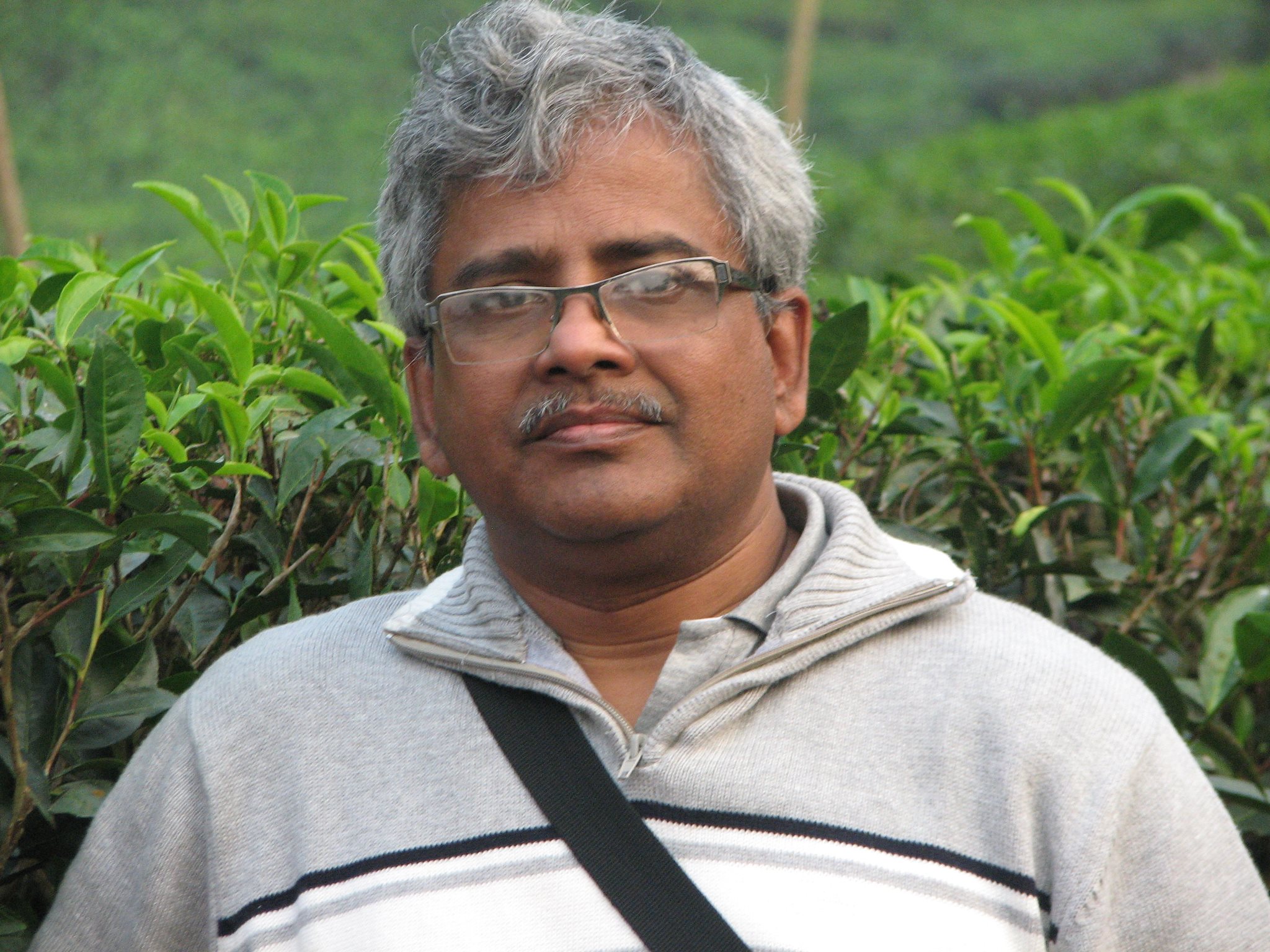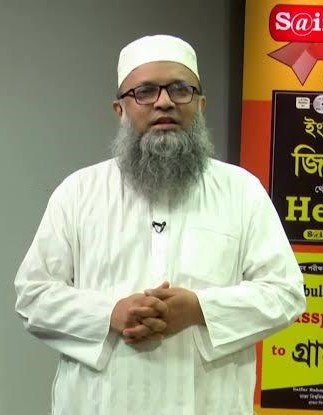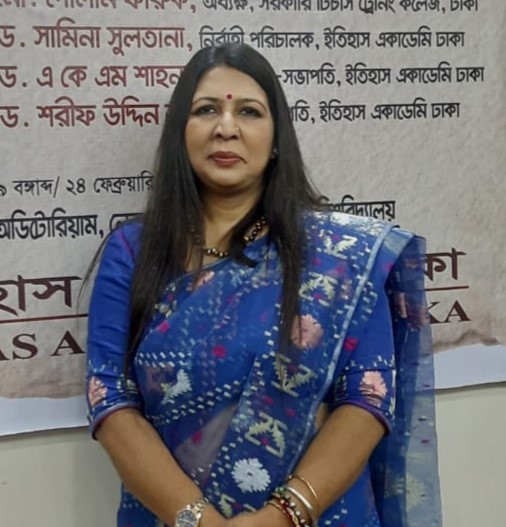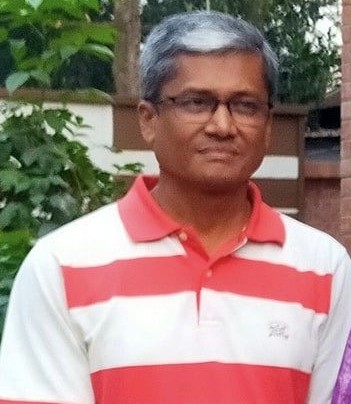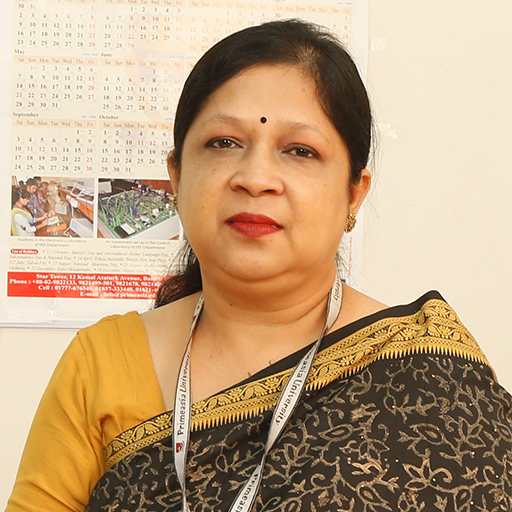Explore with VR
Use mobile device/ VR headset, Recommended browser: Chrome
Explore with VR
Use mobile device/ VR headset, Recommended browser: Chrome
Latest Works
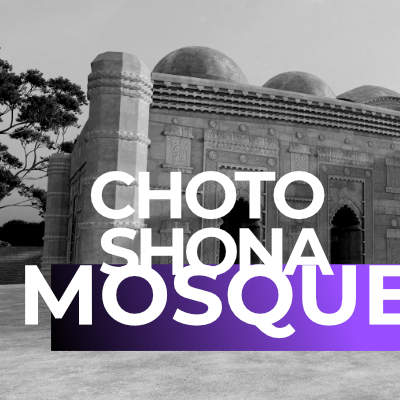
Baseline Documentation & Virtual Restoration of Choto Sona Mosque
The most attractive monuments of Gaur-Lakhnauti
Chapainawabganj
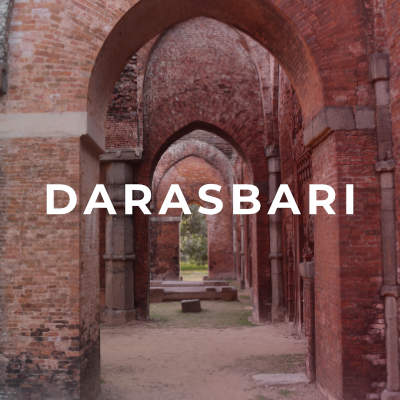
Restoration of Darasbari Madrasa & Mosque
(Comming Soon)
Chapainawabganj

Archiving Historical Coins & Virtual Coin Museum
Research and restoration Archive
Bangladesh
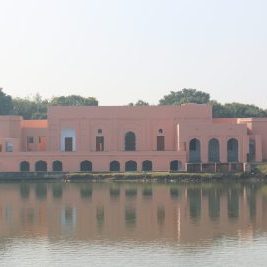
Virtual Tourism Creation
Project of Toha Khana
(Comming soon)
Chapainawabganj
Appreciation
As a trailblazer in the field of XR archaeology, SetVertex has garnered significant recognition and appreciation from experts and influential figures.

